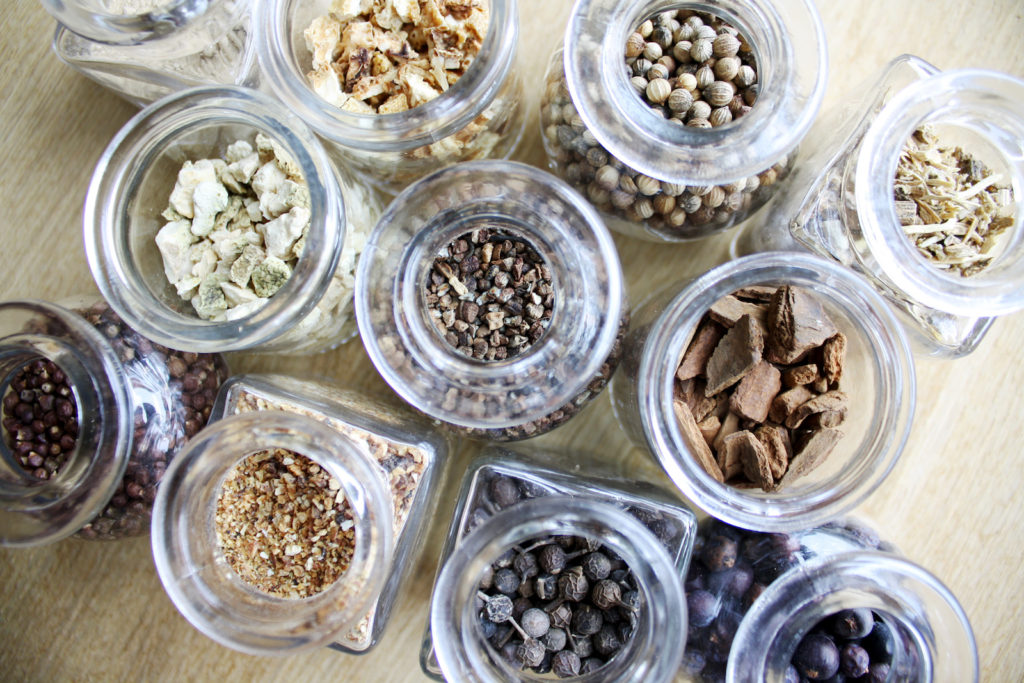I’ve found there can be a ‘broad’ generalization of the general public: people who like gin and those who don’t, or as I like to put it people who like gin and people who haven’t tried the right gin yet. I encourage you, either as a gin lover or someone with an open mind who is interested, to go ask the distillers themselves about their particular gin, their ingredients, and why they make it. Chance are you could line up gin from every Washington producer and taste through them without being able to put two very close together in taste and profile. The reason for this? I won’t get into too many technical details but the requirement for being able to name your spirit gin in the US is to produce “Spirits with a main characteristic flavor derived from juniper berries produced by distillation or mixing of spirits with juniper berries and other aromatics or extracts derived from these materials and bottled at not less than 40% alcohol by volume (80 proof)”.
The key above is calling juniper, the botanical that tends to give gin the “pine tree” flavor some refer to, a ‘primary’ ingredient. Most of us build our recipes of botanicals using weight, and juniper by weight is not terribly strong. We may make a batch with ten pounds of juniper while only using a hundred grams of another ingredient like citrus peel and you’ll taste both just as much. On the flip side we could use one pound of juniper, keep everything else the same, and you may not taste the juniper at all but we’d have still used it as the primary ingredient by weight. Or we could distill our vodka and throw one juniper berry in the still, call it gin, and it would taste exactly like vodka. You see where I’m going with this? The regulations are loose and so gin becomes a blank canvass for the distiller to create their own unique signature and profile. Unlike whiskey that takes on much of it’s character from the barrel during ageing, gin is produced and ready to drink almost immediately, the flavors are completely in the hands of the distiller and his or her botanical selection and base spirit. From there you’ve also go barrel aged gin, flavored gin etc.
There’s another place and time to discuss the two main categories of gin aka ‘Dry/London Dry’ and ‘New Western/American’, but if this intrigues you I highly recommend Aaron Knoll’s articles on the subject below:
What is London Dry Gin? https://theginisin.com/articles/what-is-london-dry-gin/
What is New American or New Western Gin? https://theginisin.com/articles/what-is-new-american-or-new-western-gin/
Washington is home to many gin producers and all of us are making different kinds of gin. By the time you’ve visited everyone who is making one, there’s a good chance a few more have popped up in that time. Go, enjoy!
-AJ Temple, Gin Distiller at Temple Distilling in Lynnwood

